It’s the fall of 2022, and life is settling into a new state of “normal.” Kids are going back to school, the days are beginning to get shorter, and temperatures are starting to drop or soon will be.
What can we expect will be the new normal when it comes to wearing masks? As of last month, governors and public health officials across the country have updated their policies when it comes to wearing masks in public.
Littler released an in-depth report on the jurisdictions where it’s still recommended or required for the public to wear face masks. Federal workforces still require their agencies to enforce the wearing of masks in counties at a High COVID-19 Community Level regardless of vaccination status, consistent with the CDC and Task Force guidance.
Forty-nine of the 50 states still recommend or require some use of masks as a prevention measure. Florida is the only outlier, as it feels there is “no proven significant clinical benefit for facial coverings among the general population.”
Each state has its own specific recommendations and requirements. If you’re unclear about what your state recommends or requires, check out the report linked above by Littler.
Five states are still considered hot spots with over 40 average daily cases per 100,000 people: Alaska (44.7), Mississippi (49.4), Kentucky (45.6), West Virginia (49), and Alabama (42.4).
According to John Hopkins University, “restrictions may be lifted, but COVID is not done with us yet, no matter how badly we want it to end.”
While it’s clear we’re still going to be wearing masks for COVID-19-related reasons, it should also be clear there are other reasons to continue wearing masks. Whether we are traveling, visiting someone in the hospital, or just enduring the cold and flu season, there are many good reasons to keep a supply of the best masks close to hand.
And if that’s the case, we want to have a solid understanding of what separates the best from the rest when it comes to filtration efficiencies.
The Alphabet Soup of Mask Letters
Have you noticed the number of acronyms used to describe masks and their efficacies? N95, KN95, FFP1, FFP2, P2, ASTM F2100, ASTM F2101, EN 14683, VFE, BFE, and, the list goes on.
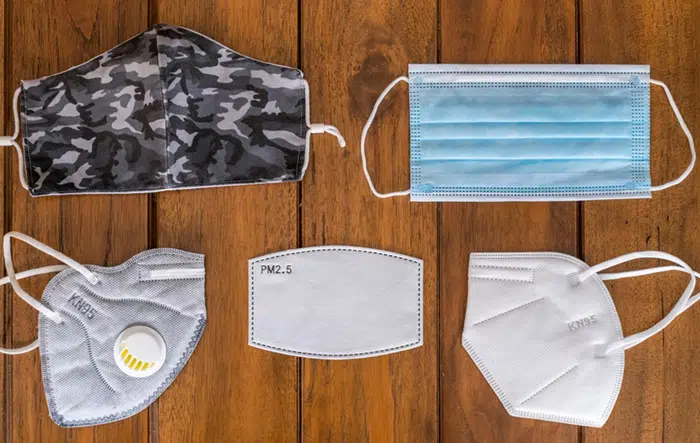
Today we’re going to focus on the different types of filtration efficiencies and help you get a good understanding of
- What they mean.
- What matters to you.
There are three basic types of filtration when it comes to masks:
- VFE
- BFE
- PFE
When you understand that the Fs stand for filtration and the Es stand for efficiency, the only distinction between the three is the V, B, and P. Much more manageable.
- V – Viral
- B – Bacterial
- P – Particle
Filtration Efficiency Gets Tested
In a nutshell, filtration efficiency is concerned with exactly how much a particular type of material filters out particles. It’s used on personal protective equipment (PPE) including, but not limited to:
- Face masks
- Protective coveralls
- Medical gowns
- Air filters
- Respirators
- Clothing (gloves, vests, coveralls, full body suits, etc.)
- Safety glasses, earplugs, and hardhats
When it comes to face masks, obviously, how well it protects your respiratory system from harm is the entire point of the exercise.
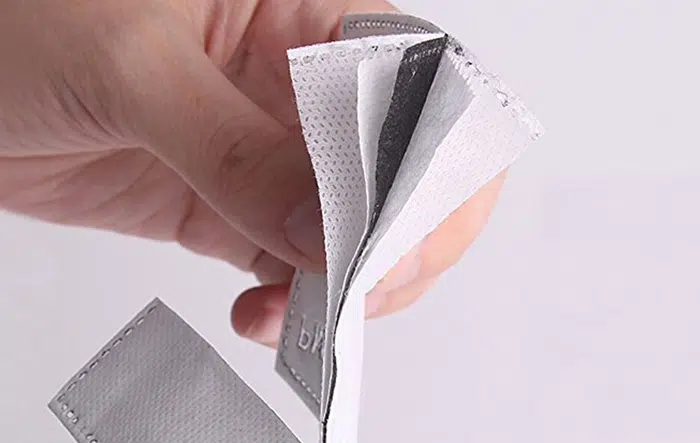
In order to determine whether filters in these masks are doing their job well, they’re subjected to rigorous testing. These tests make sure that if and when you’re exposed to “hazards,” your entire respiratory system is well-protected by your face mask.
In an extremely well-written article, Enviroguard points out that “not all tests are the same.” While there are many ways textiles can get tested to assess their filtration qualities, the three most common filtration efficiency tests are viral, bacterial, and particle.
These tests were put in place primarily to check out medical masks and other medical filtration materials, but since 2020, they’re also used to check out non-medical masks to assess what size of particulates are filtered out.
Particulates
In the Handbook of Nonwoven Filter Media, the author describes filtration efficiency as subjected to tests that use “aerosolized latex particles” as the “challenge aerosol.” What’s interesting about aerosolized latex particles is that they measure around 0.1 microns — one-tenth the average size of a virus.
Viruses are tiny; the biggest virus is smaller than the smallest bacteria and has an average size of less than one-millionth of a meter. Another way to describe one-millionth of a meter is as one micron. According to Enviroguard, SARS-CoV-2 (the virus that causes COVID-19) can get as big as 0.06 to 0.14 microns.
Apparently, the naked eye can only see something that measures 40 microns. To give you some context of how big that is, the diameter of a human hair is 70 microns, while a red blood cell is 8 microns.
Particulate matter (PM) is the broad term that’s used when talking about airborne pollutants, whether they’re the tiniest bits of solids or liquid droplets. Apart from COVID-19 viral particulates, other kinds of particulates include “wildfires, wood-burning stoves, pollinating plants, and unpaved dirt roads…dust, mold spores, vehicle exhaust, and dirt.”

On a side note, if you’ve ever wondered why so many East Asians have commonly worn masks decades before the pandemic hit, they apparently do so for both cultural and environmental reasons, going back as far as the 1950s.
The Japanese wear masks as a courtesy to protect other people from their sneezes. Motorcycle riders in the Philippines wear them to protect themselves from auto exhaust. Many Taiwanese find they keep their faces warm in cold weather and protect them from pollution.
On a cultural and social level, many south Asians wear masks simply as a way to stop other people from being afraid of them. Young people in China are known to wear masks in an effort to build a “social firewall” against strangers approaching them, and Japanese women are known to wear them because they don’t have the time or inclination to put on their makeup.
More Alphabet Soup: ASTM
ASTM International (American Society for Testing and Materials) In is an international organization that “defines and sets standards for a variety of products, materials, systems, and services used by people performing their jobs every day.” They have established themselves as the standard to be followed when it comes to face masks.
Commonly called ASTM F2100, ASTM F2101, and EN 14683, there are three “levels” of protection: One, Two, and Three. ASTM Level One masks are the general standard used in situations where there’s not a high level of risk. You’ll get these masks when you need to go into any medical facility, including a dentist’s office.
In general, ASTM Level Three describes high-grade medical masks, and Level Two/Three is used for sterile situations like surgery and wound care. Most healthcare professionals don’t consider the difference between a Level Three and Level Two mask significant.

The N-95 mask provides an even greater level of protection than any ASTM mask. These are the masks worn where exposure to a disease like COVID-19 or tuberculosis is present. At the beginning of the pandemic, these were the masks that were flying off the shelves.
It’s good to know that science now tells us that when we’re in an open area with the general public, an ASTM Level One, Two, or Three still offers some protection against the COVID-19 virus.
BFE (Bacterial Filtration Efficiency)
During a BFE test, a piece of the fabric under consideration is tightly clamped between a cascade impacter and an aerosol chamber. A cascade impacter collects samples and measures the range and size of particles. The impacter tests different graduates to measure how big or small the particles are.
A specific bacterium — Staphylococcus aureus — gets added to the aerosol chamber, the vacuum switch is hit, and the bacterium rushes towards the cascade impactor. The fabric is then checked to see how many colonies of bacteria made it through the fabric. The test gets run several times in order to get an average.
Based on the numbers, the material is given a rating for how well it protects “against live bacteria particles that measure between one to five microns.”
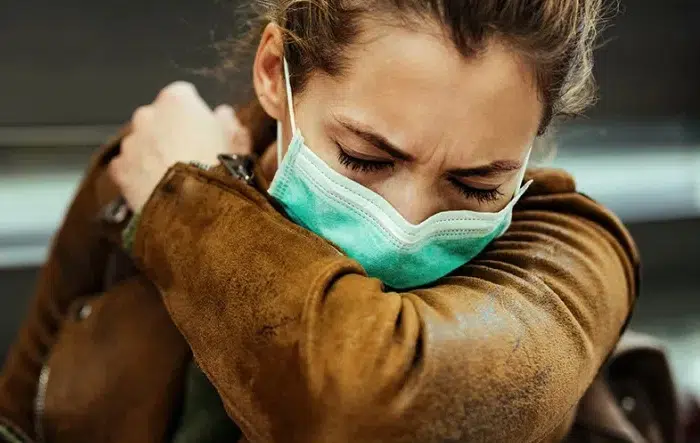
The Increased Challenge Bacterial Filtration Efficiency test goes one better than a BCF and has many advantages over other filtration efficiency tests. It’s been used for years without needing to be modified and provides a “standard reference for comparison of filtration materials.”
This test is easily reproduced and performed. It also gives a more rigorous challenge than other tests.
PFE (Particle Filtration Efficiency)
The test for PFE is relatively similar to those run for BFE. The difference is what is used to be tested against.
Instead of using bacteria, the test is done with particulates like dust or unhealthy fumes like smoke or car exhaust. Again, the researchers run several tests to make sure the material blocks non-living particles that are between 0.1 and 1 microns.
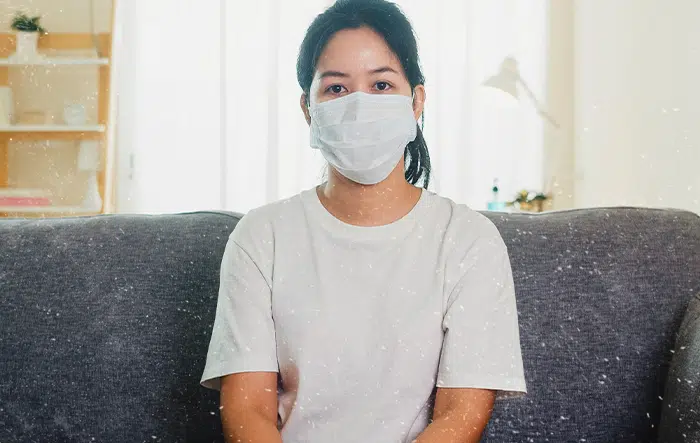
The smaller the particles that are blocked, the higher the grade the material gets. These standards aren’t as strict as the ones used to determine medical grade fabric, but they’re still important.
Often used for people with asthma, particle filters with a high rating are also known as HEPA filters.
VFE (Viral Filtration Efficiency)
The World Health Organization has made it very clear on their Mythbusters that the Coronavirus disease (COVID-19) is caused by a virus, not by bacteria. It’s part of the family of Coronaviridae viruses. And by now, it’s fairly well known that viruses are not cured with antibiotics.
Again, there’s not a lot of difference in the testing between VFE and PFE, and BFE. The biggest difference is that a specific virus gets used in its aerosol form. The challenge organism most often used is bacteriophage phiX174.
There’s also an Increased Challenge Virus Filtration Efficiency test available. The difference between a VFE and one with an increased challenge is the filtration efficiencies can be reported up to >99.9999% rather than >99.9%.
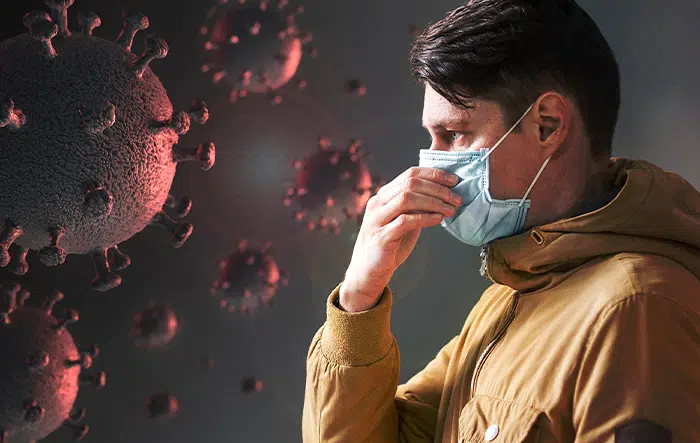
A fair question is, why do there need to be separate tests between VFE and BFE when their approach is virtually identical? Usually, a fabric material that scores high on a BFE test will also score high on a VFE test.
The real difference lies in the fact that blocking out viruses like COVID-19, the flu, and other diseases (think monkeypox) is too important to assume a fabric only tested with bacteria to pass the grade for passing viruses.
What Matters to You?
What matters to you is to know that not all masks are created equal.
The CDC (Centers for Disease Control and Prevention) has this to say about wearing masks, “To protect yourself and others from COVID-19…wear the most protective mask you can that fits well and that you will wear consistently.”
While we’re talking about protecting yourself from viruses, researchers also found that washing your hands along with wearing masks also lowered flu rates.
Medical masks used in healthcare situations need to be the strongest and most effective at filtering out particles as doctors, nurses, and other staff members work in close contact with sick people.
Industrial masks are used in manufacturing or processing plants, resource extraction sites, car repair shops, print shops, and commercial carwashes. They’re concerned with protecting from toxic dust, mold spores, and other particulates that are associated with factories, etc.
What type of filtration mask do you need if you’re not in either of those two types of settings? If you’re traveling, standing in a government office, or still live in one of the states where masks are recommended or required?

You may be happy to know that as long as you are not up close and personal with someone who has COVID-19 or some other infectious disease, there is no need for you or your family to worry about wearing medical-grade face masks.
These masks tend to be thicker, and many people find them more uncomfortable or harder to breathe through. Of course, if you are visiting someone in a hospital or seeing your doctor, getting medical tests done, or need to go to a walk-in clinic, you will be asked to wear a surgical-grade mask.
These will be provided for you by a staff member, as each of these settings wants to ensure you are wearing a clean, little-used mask for your sake as well as theirs.
When you’re in an open area with little exposure risk — the grocery store, sports event, airplanes, church, etc. — an ASTM Level One to Level Three mask will give you enough protection to keep you safe from COVID-19.
Of course, there are plenty of reasons to wear masks other than disease protection. Whether you need to protect yourself from the latest strains, filter the air you breathe during wildfire season, or just help keep yourself hydrated in dry weather or a long plane ride, a good mask can go a long way. Our MyAir masks, in fact, are an excellent choice for all of the above.
And, if you’re concerned about specific filtration levels, we’ve passed those tests as well. MyAir has a VFE efficiency of 99.9970% and a BFE of 99.9992%. You can read all about that here.
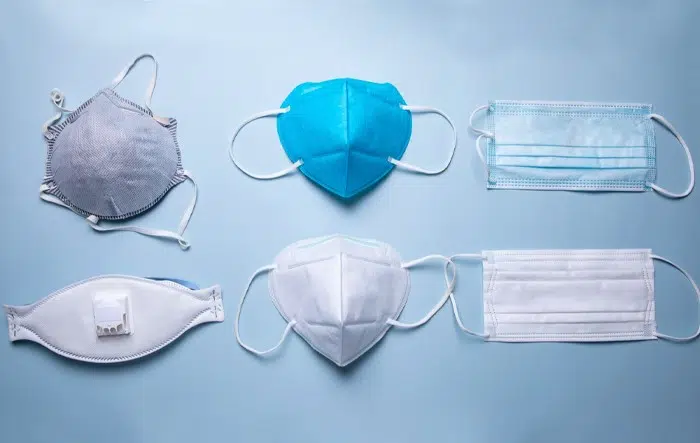
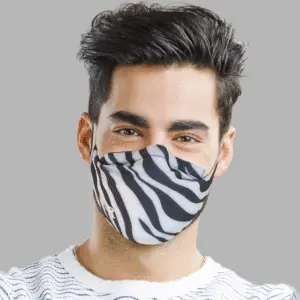

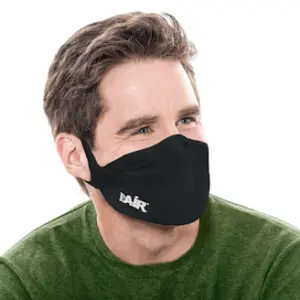
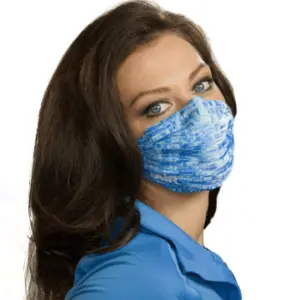
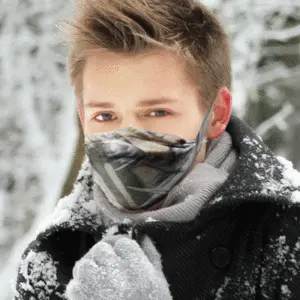
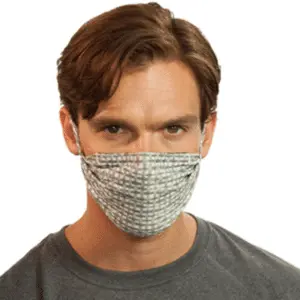
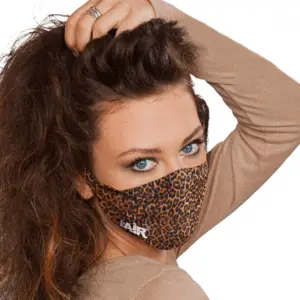
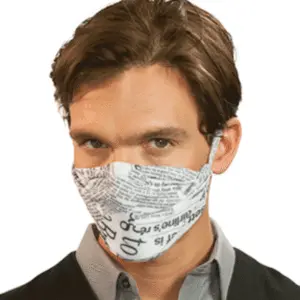

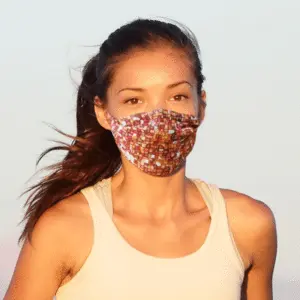

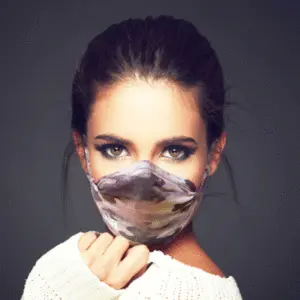
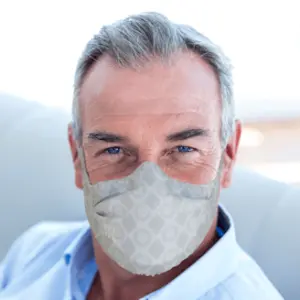



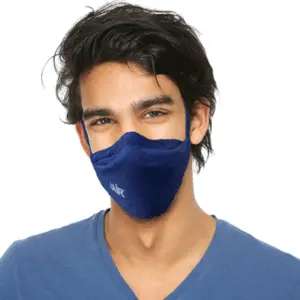

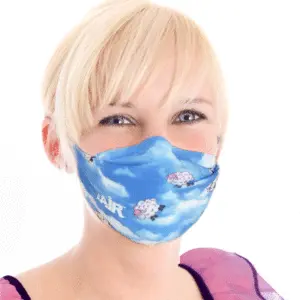
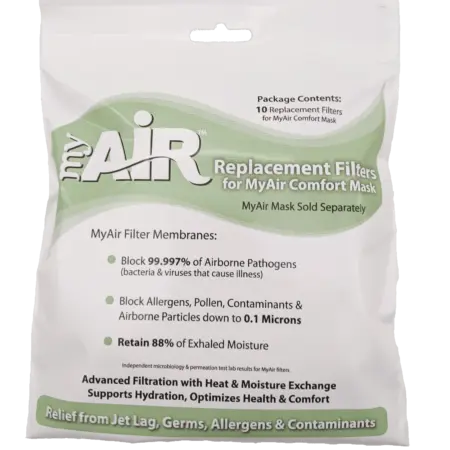
0 Comments